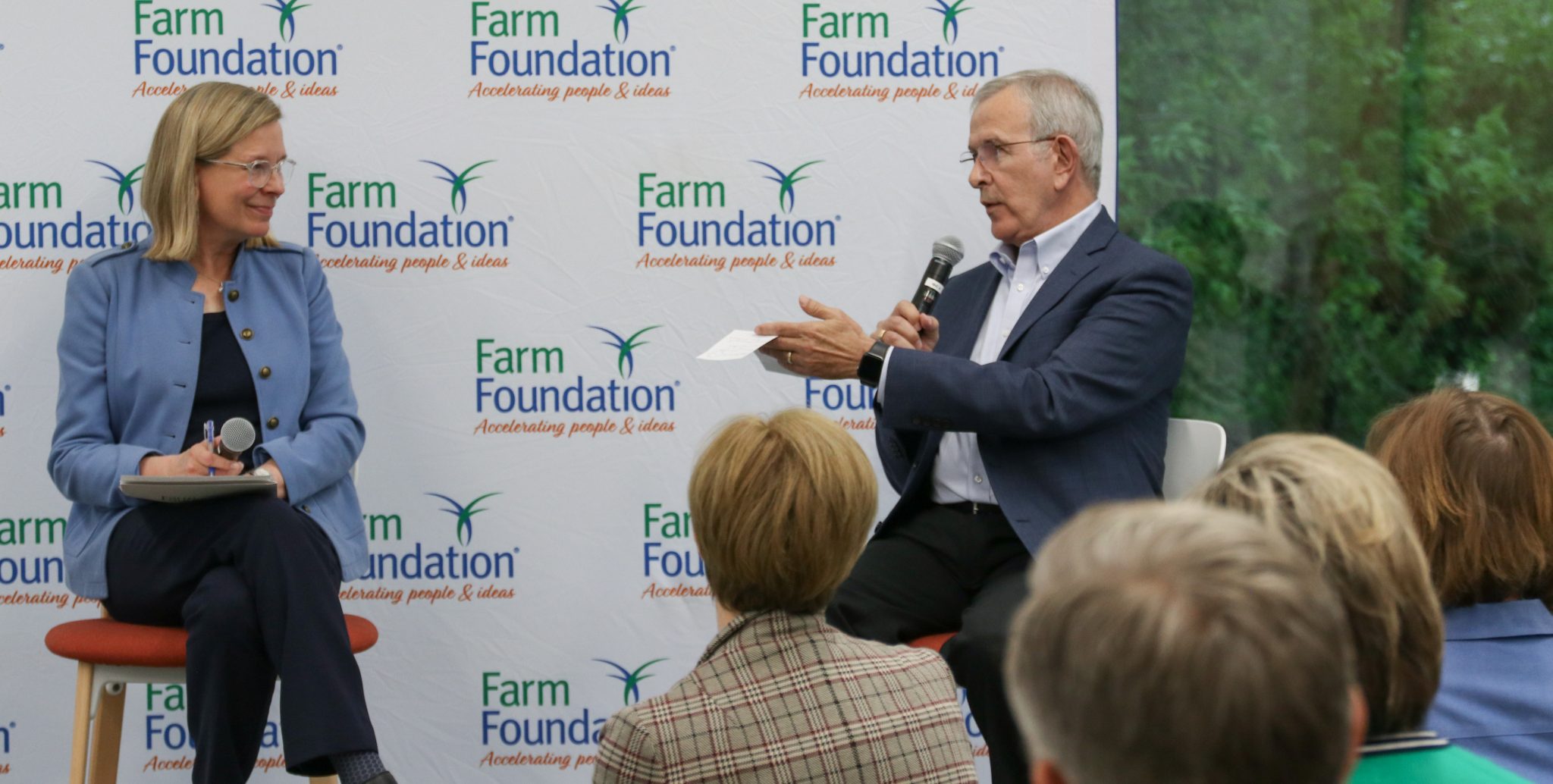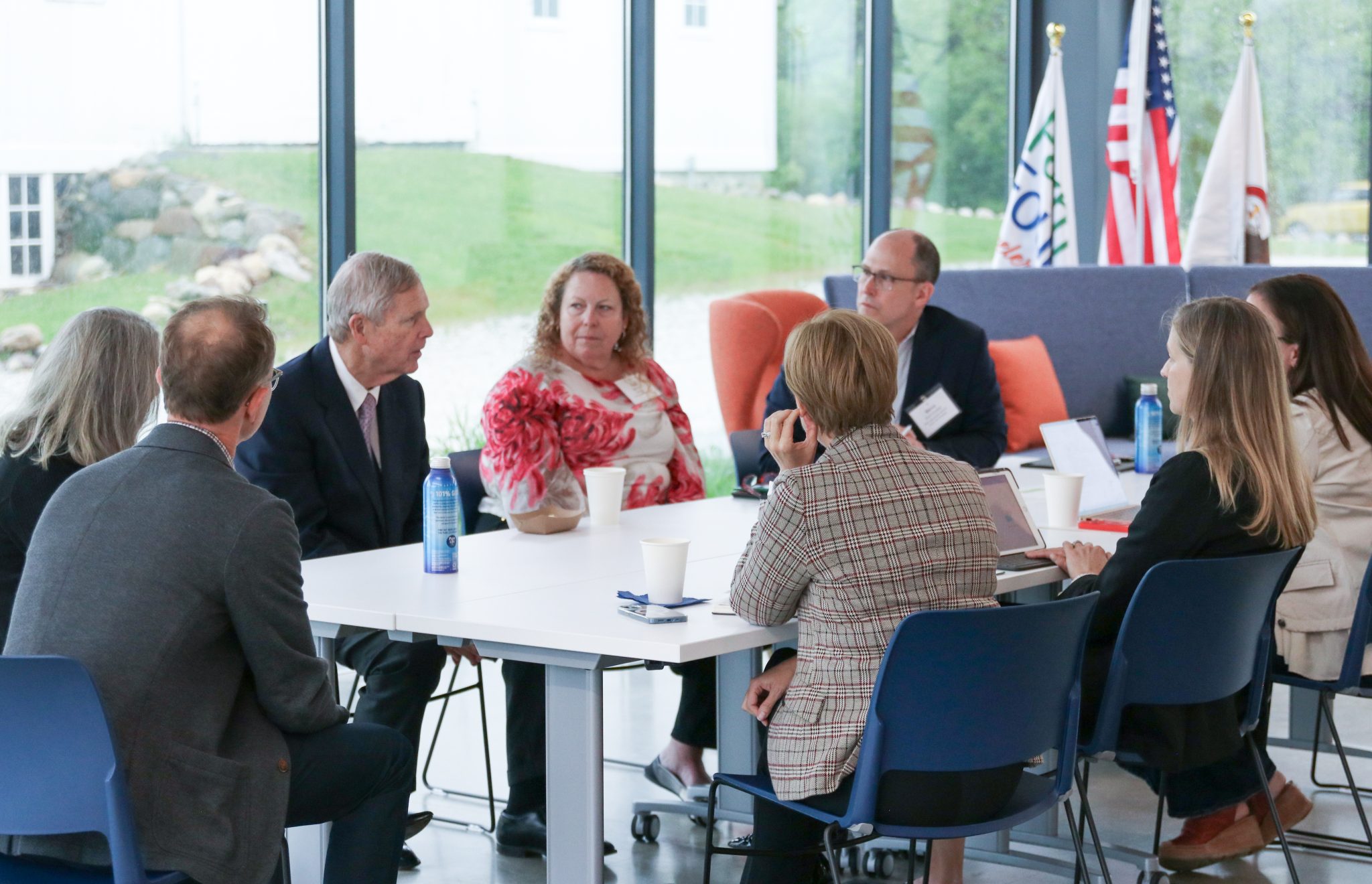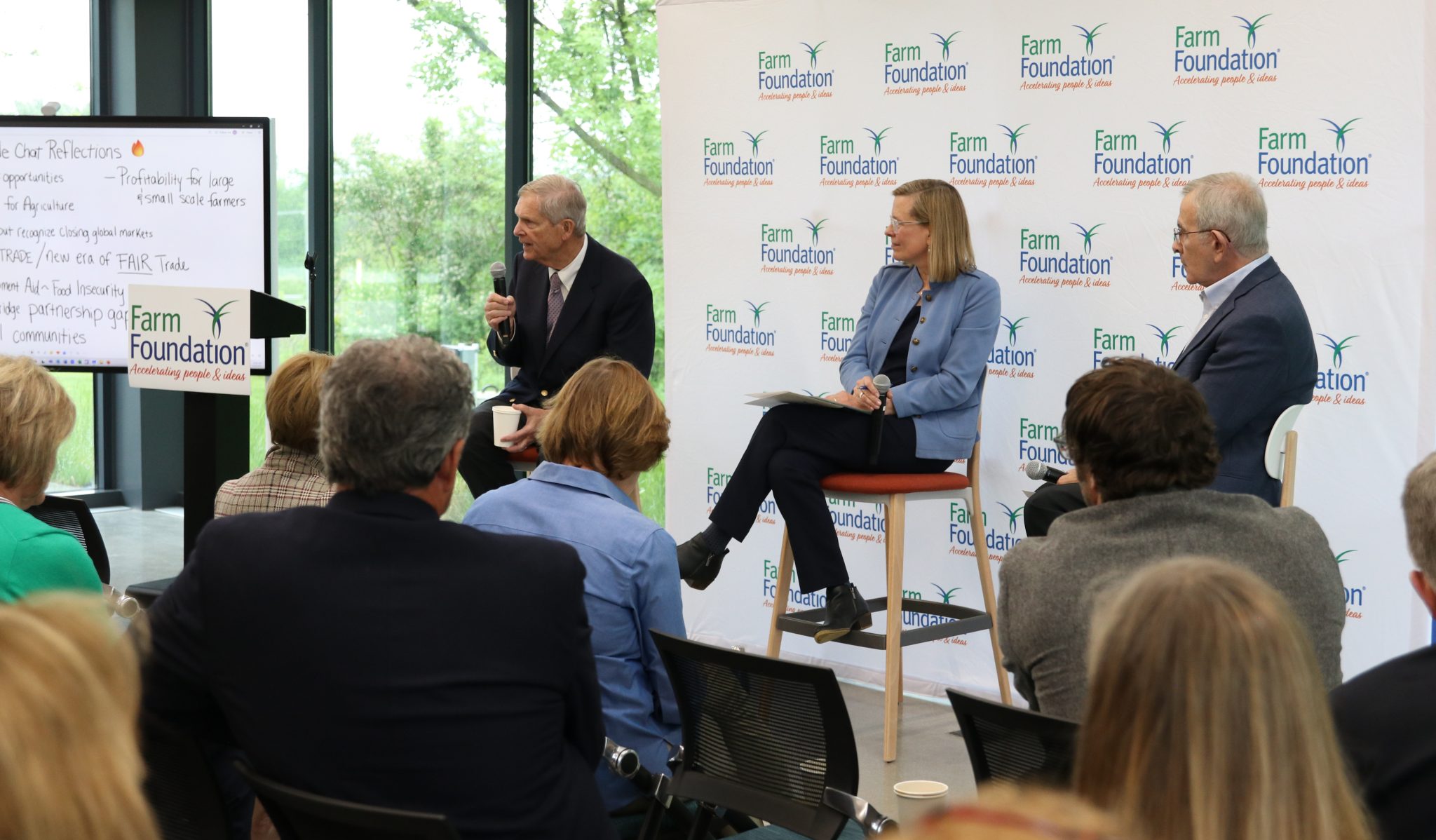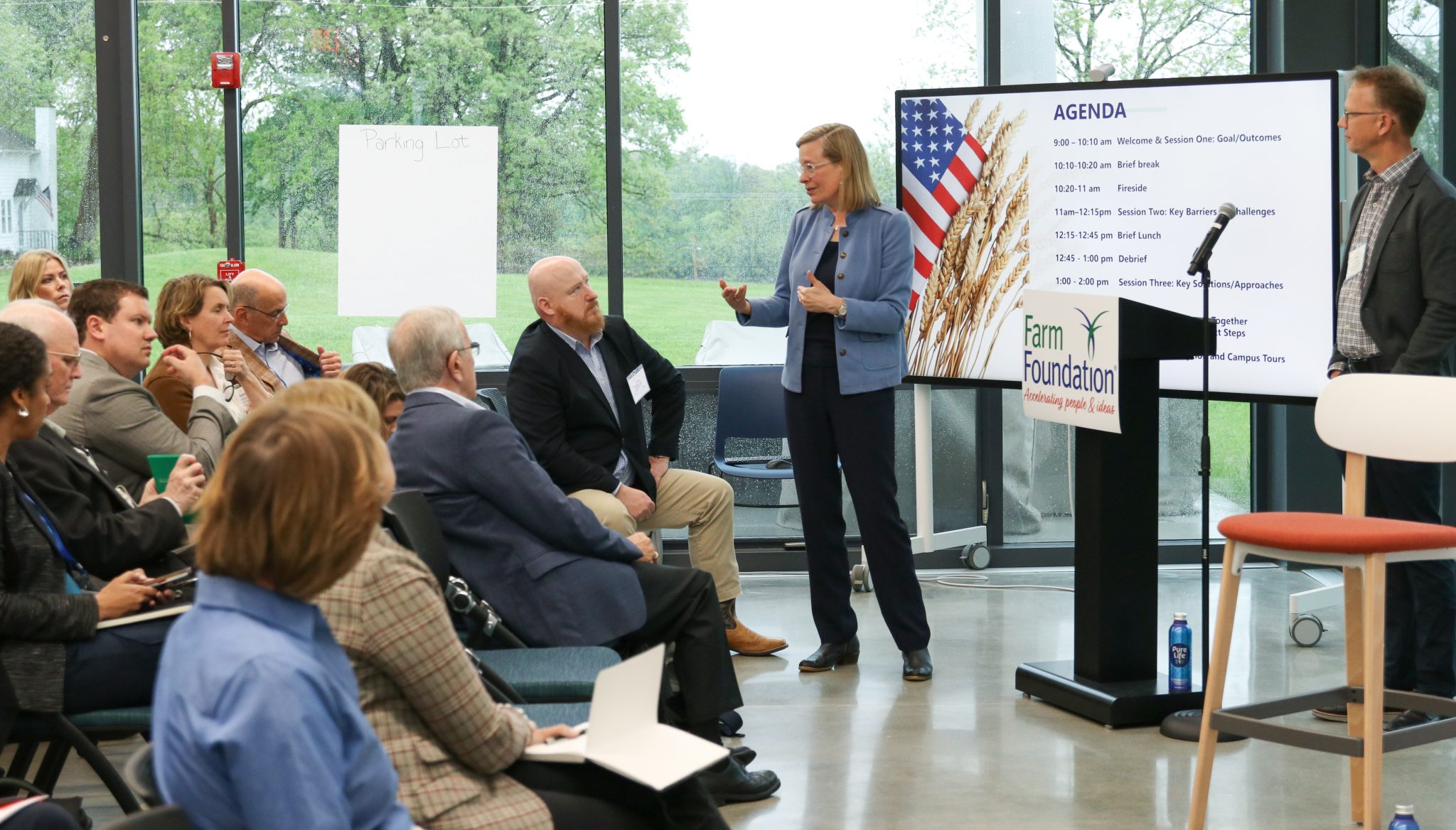Reading view
400-million-year-old fish exposes big mistake in how we understood evolution
Atomic-scale secrets: What really happens inside your battery
Clockwork from scratch: How scientists made timekeeping cells
Building electronics that don’t die: Columbia's breakthrough at CERN
Digital twins are reinventing clean energy — but there’s a catch
Columbia scientists turn yogurt into a healing gel that mimics human tissue
Shaping a Resilient Future for Food and Agriculture
On May 20, 2025, Farm Foundation brought together leaders from across the agriculture sector at our Innovation and Education Campus (IEC) in Libertyville, Illinois, for a critical conversation about the future of our food and agriculture system.
Kicking off the day were two U.S. Secretaries of Agriculture, one Democrat, one Republican, who set the tone for a nonpartisan dialogue grounded in collaboration. Together, farmers, agribusiness leaders, researchers, and policymakers explored how to strengthen the U.S. food and ag system beyond today’s challenges and into the future.

“Farm Foundation has a long-standing reputation for bringing people together in a way that’s increasingly rare—across party lines, across sectors, and across perspectives. The Summit was a testament to that strength. It created a safe, neutral, and balanced environment where real, collaborative conversations could happen, and more importantly, where those conversations are leading to tangible outcomes for the future of food and agriculture.”
Mike Johanns, former U.S. Secretary of Agriculture
The Summit defined what resilience in food and agriculture truly means:
A resilient food and agriculture system has the ability to produce food, even in the midst of changes and shocks, that sustains the planet and all people through access to safe, affordable, nutritious, and culturally relevant food.
From this shared vision came three key areas for continued collaboration:
1. Creating a policy innovation sandbox to explore new approaches to food and agriculture policy at the local, state, national, and global levels.
2. Advancing rural communities that are vibrant, thriving, and connected to opportunity.
3. Evolving the agricultural extension network to better serve today’s diverse, technology-driven, and rapidly changing sector.



The Summit was not just a conversation; it was a starting point for action. The resulting paper, Toward a Resilient Food and Agriculture Future, authored by Farm Foundation’s Agricultural Economic Fellow Dr. Sunghun Lim, captures the Summit’s insights and lays out a framework for the work ahead.
“The challenges facing agriculture today are deeply interconnected. The Summit was not just about identifying problems, it was about building momentum for actionable solutions,” said Dr. Sunghun Lim.
Now, we invite you to join us in taking the next steps. As we’ve done for the past 90 years, Farm Foundation will continue to organize thought partners and use our think tank/do tank model to drive progress in these three focus areas, sparking ideas and putting them into practice to create real impact.
The Innovation and Education Campus is a gathering place for these vital conversations. A space where anyone in the sector can host meetings, events, and trainings that help shape the future of food and agriculture.
Download the Executive Summary
Read the Full Report
Learn more about hosting an event at the IEC
Watch the video highlighting scenes from the Summit
Join us as we continue this work. Together we can create a more resilient future for food and agriculture.
The post Shaping a Resilient Future for Food and Agriculture appeared first on Farm Foundation.